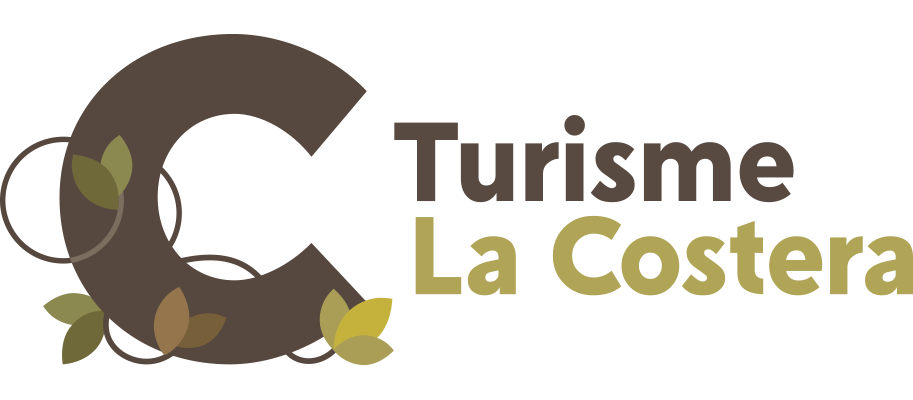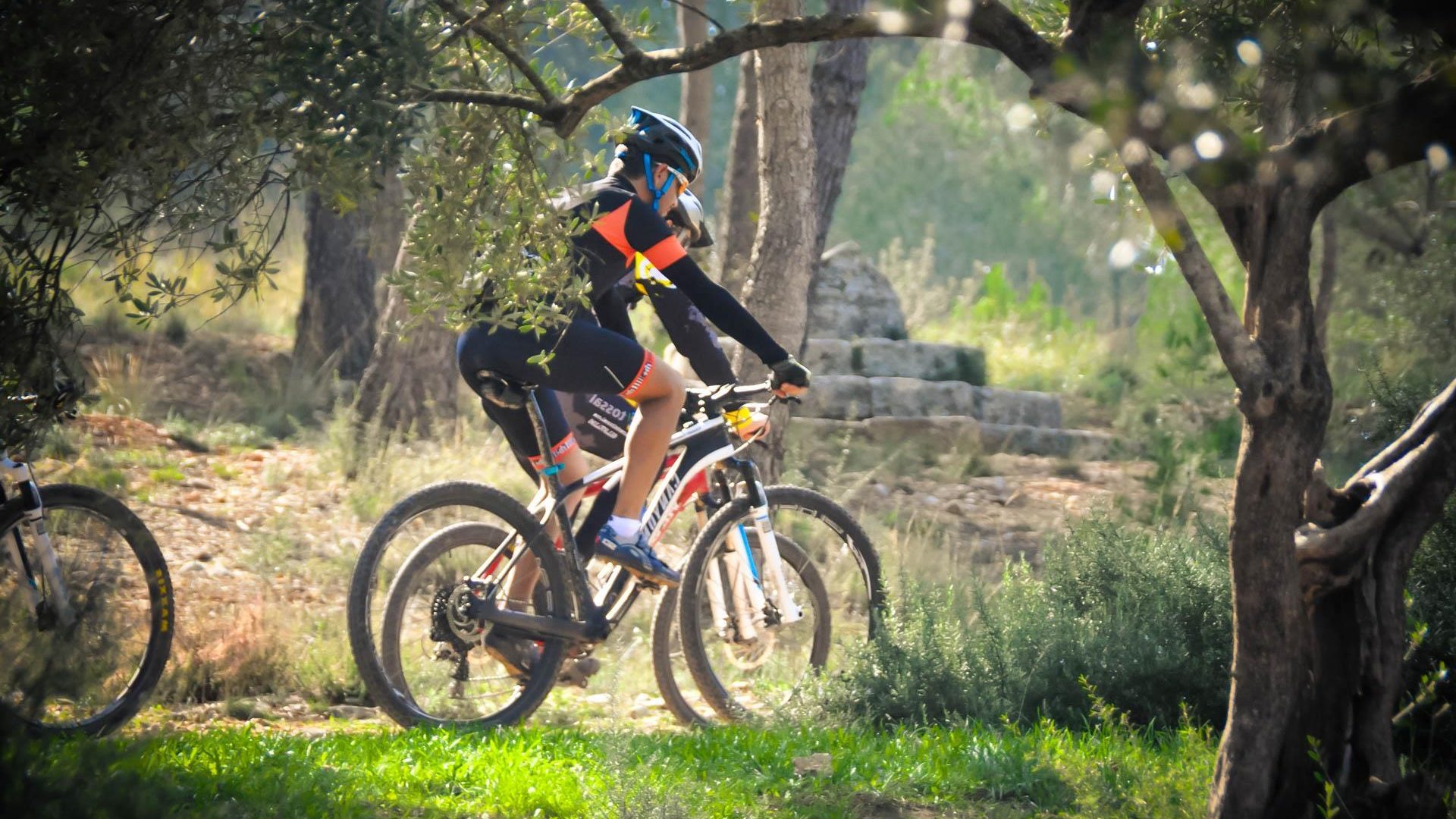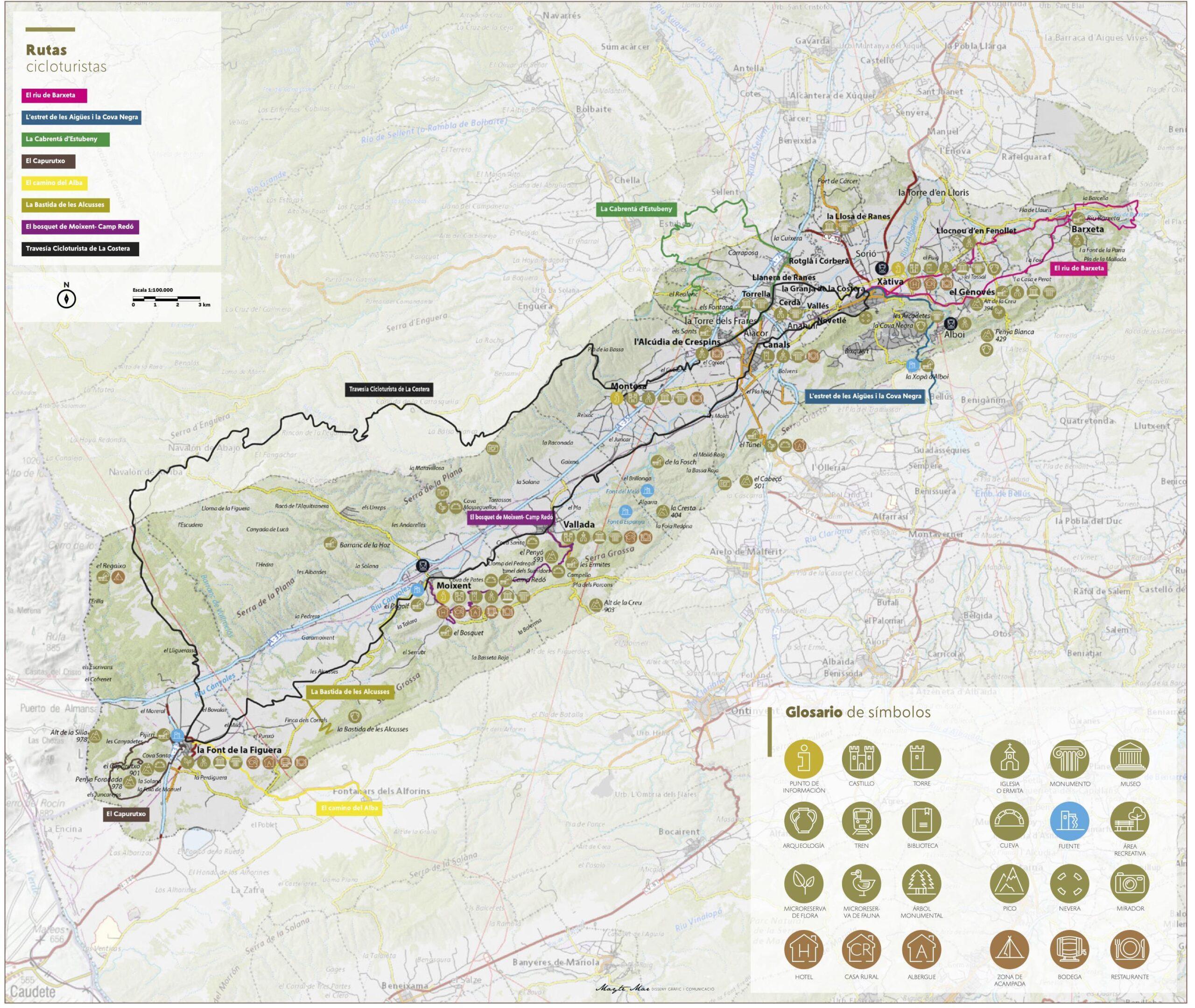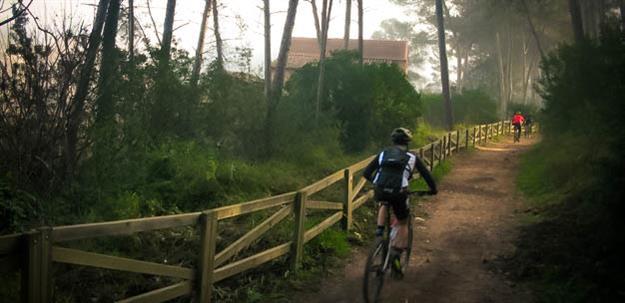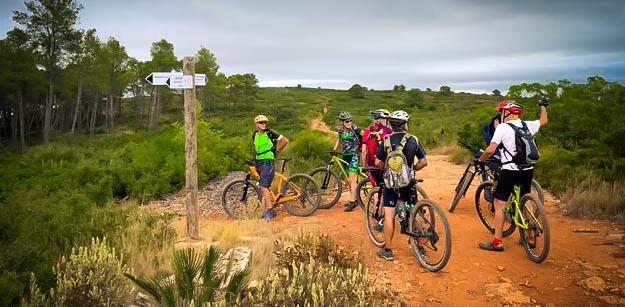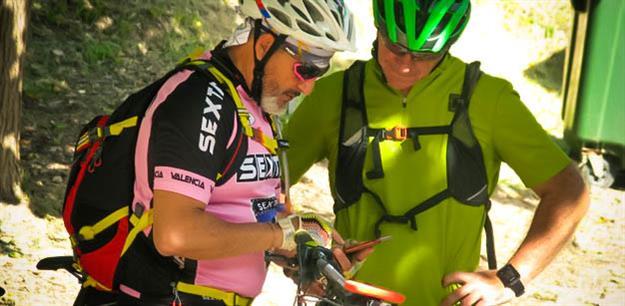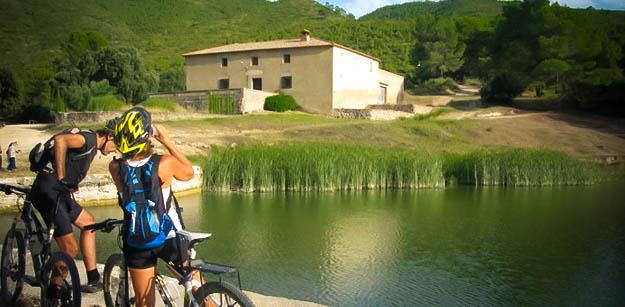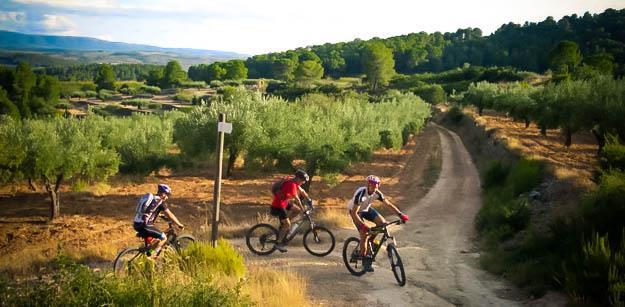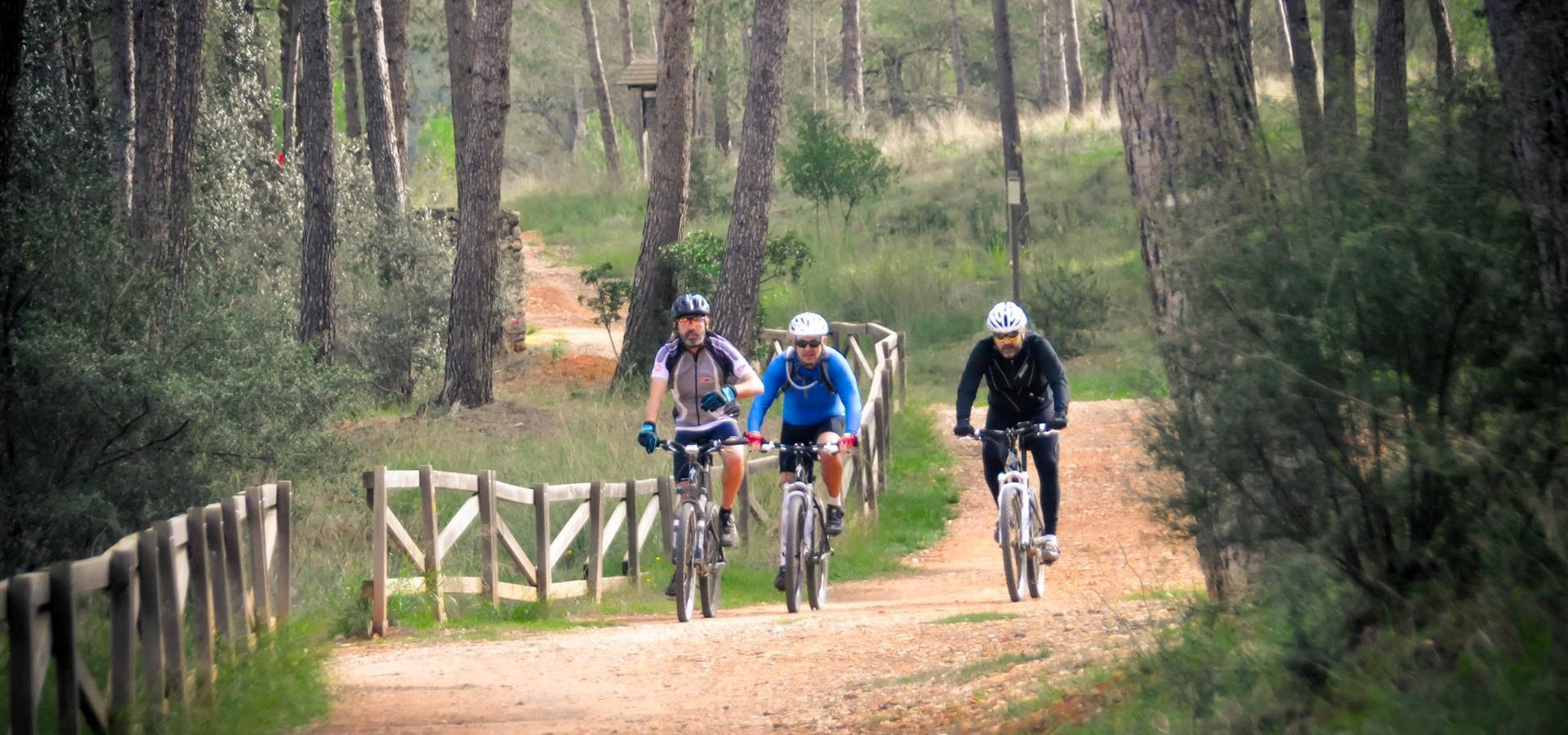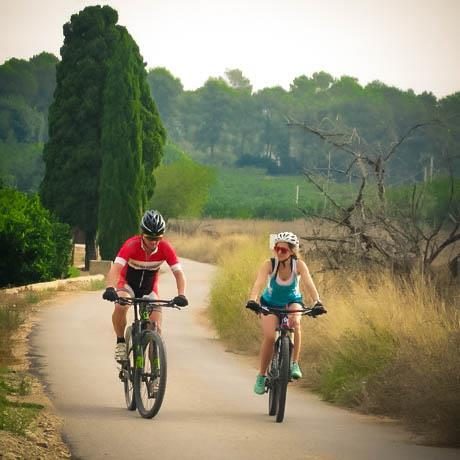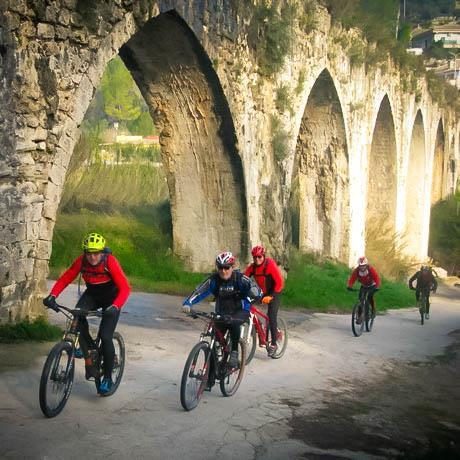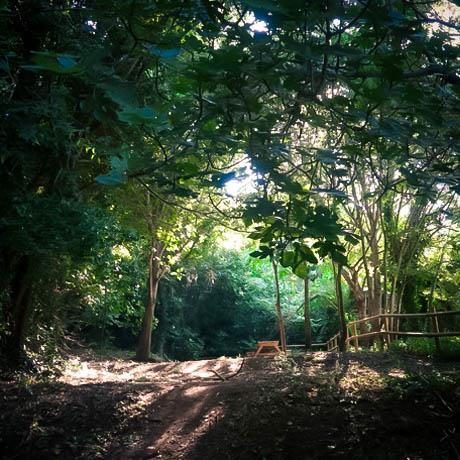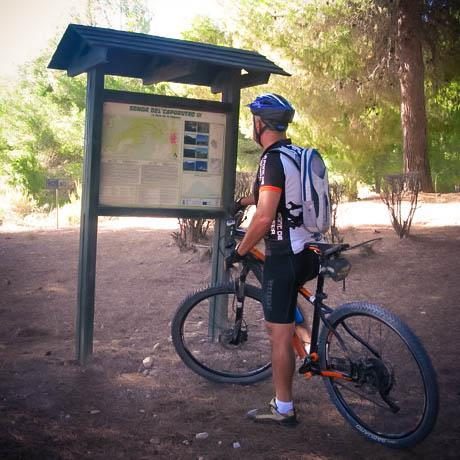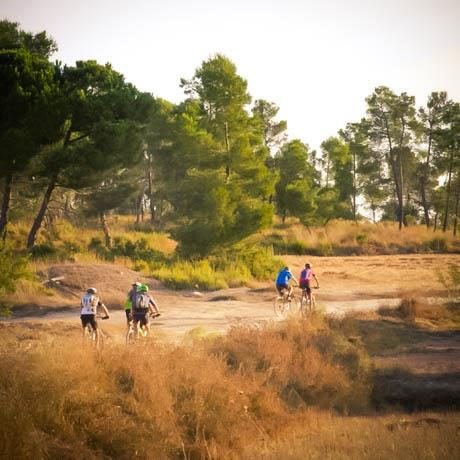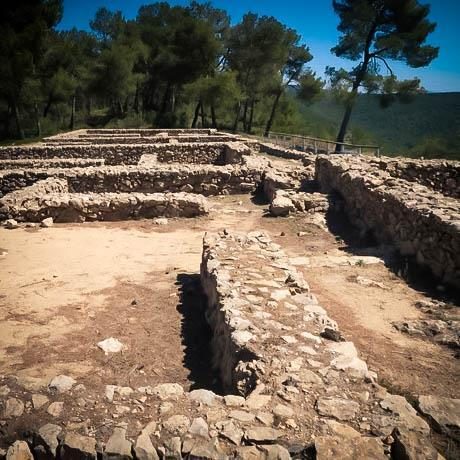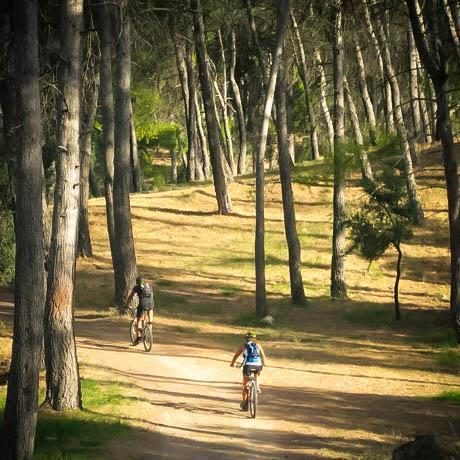Return, roll, travel
Cyclotourism
The region of la Costera is the cyclotourism dream, offers us everything that a cyclist wants to find on their trip. Open landscapes, mountains, towns with a lot of history, friendly people, pleasant climate and excellent gastronomy. Discovering a new territory or rediscovering an already known landscape is always a rewarding adventure and continuous learning.
Traveling by bicycle in stages is the purest form of sustainable tourism. La Costera Cycling Tour has been designed to be done during several days and adapt our rhythm to the landscape. From a minimum of two days for those with a higher level, to four or more, for those who want to take it easy, enjoy the inheritance and gastronomy, visit the wineries and museums, or complete it with the thematic routes.
